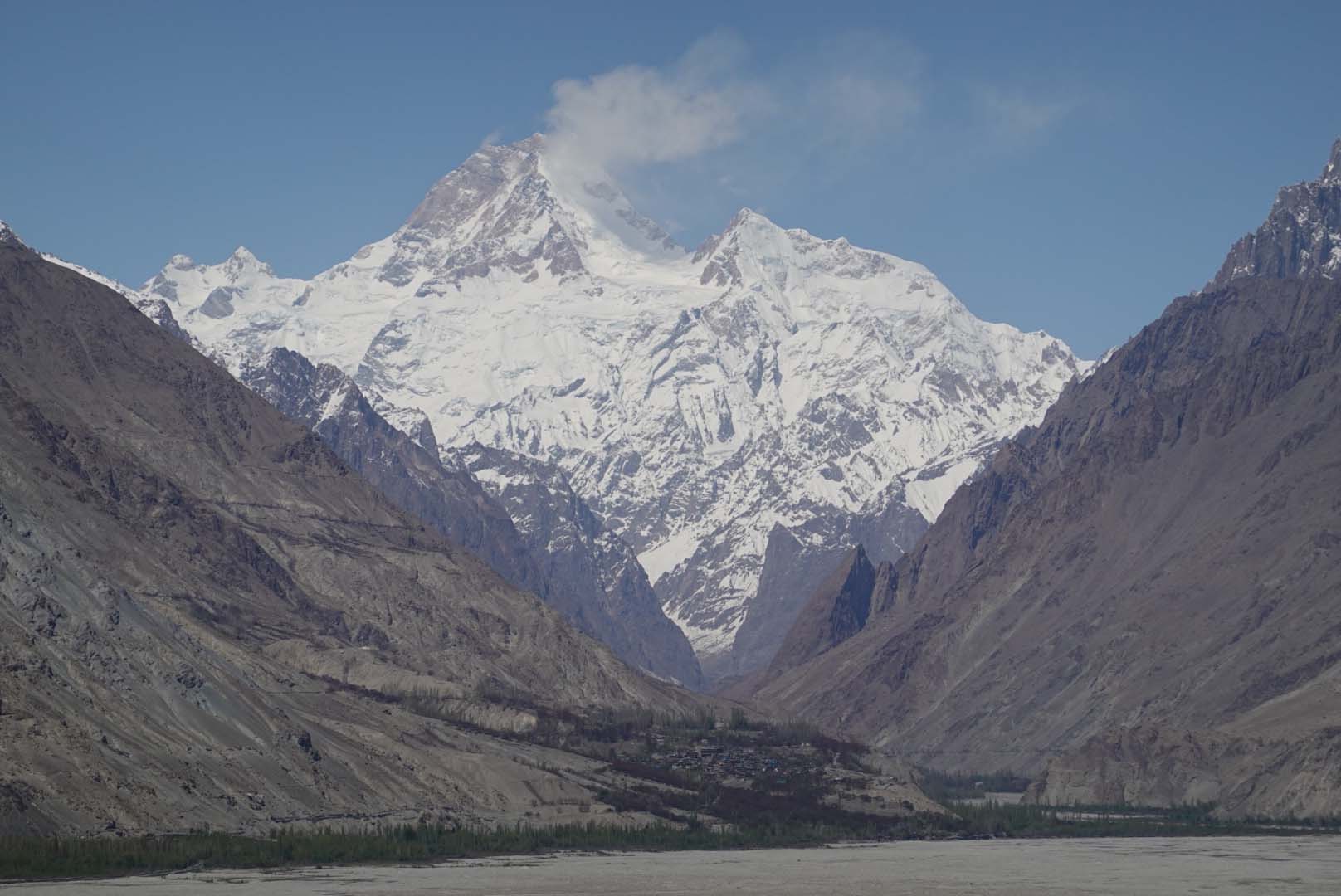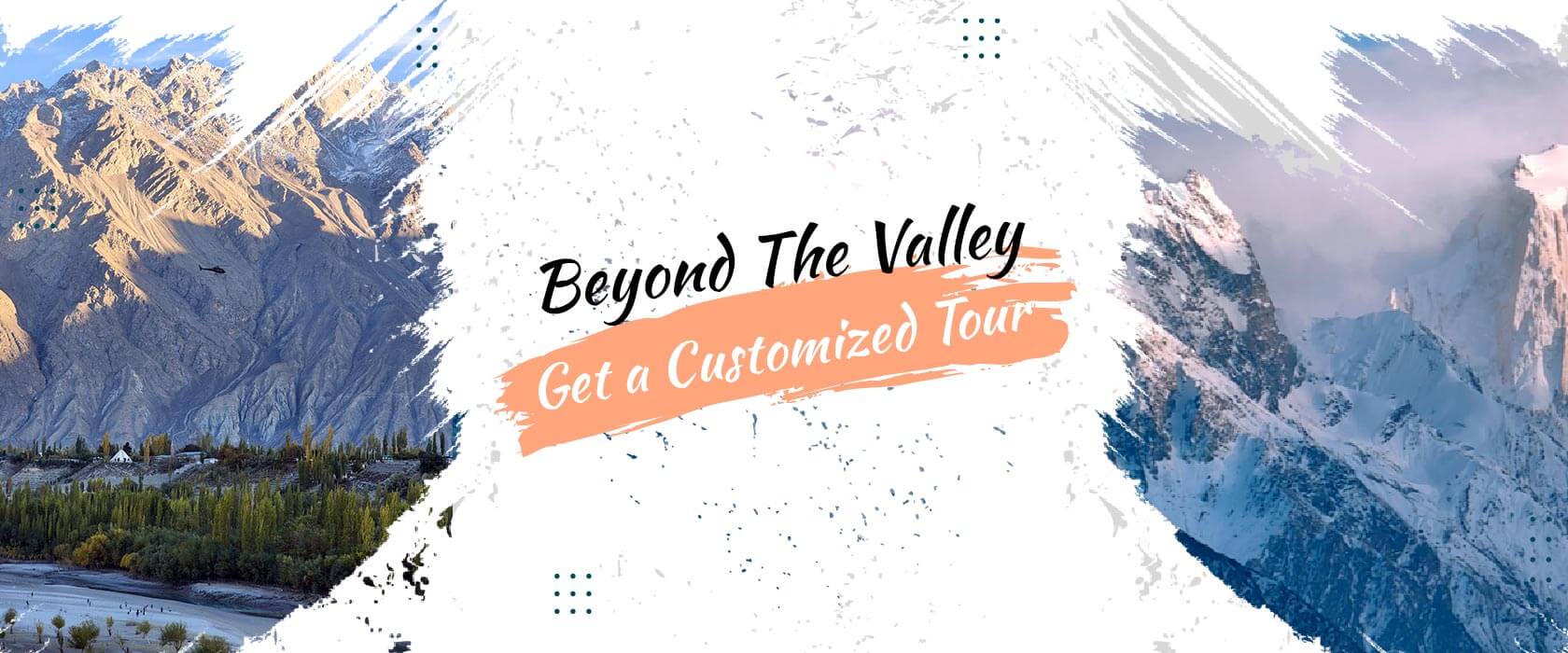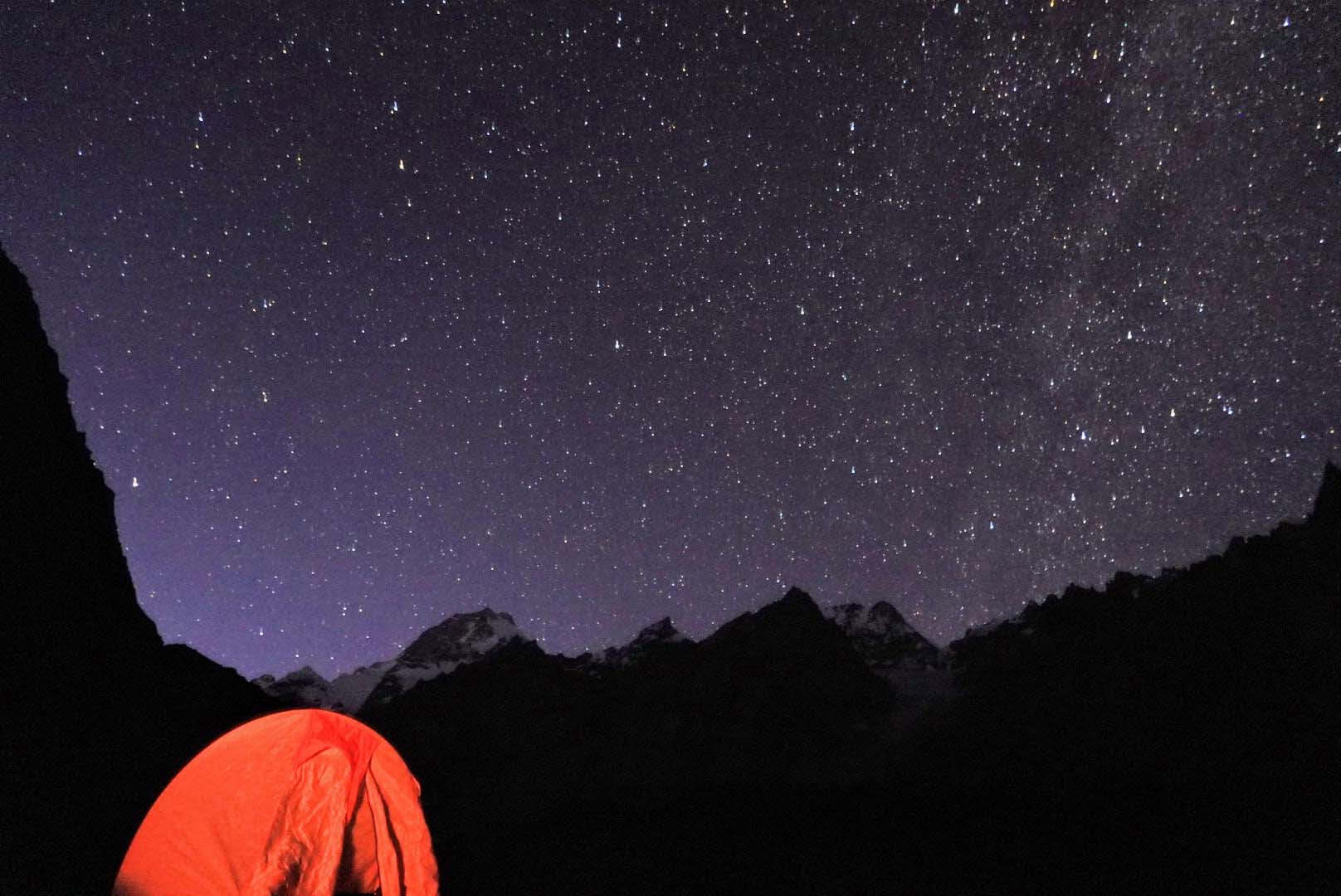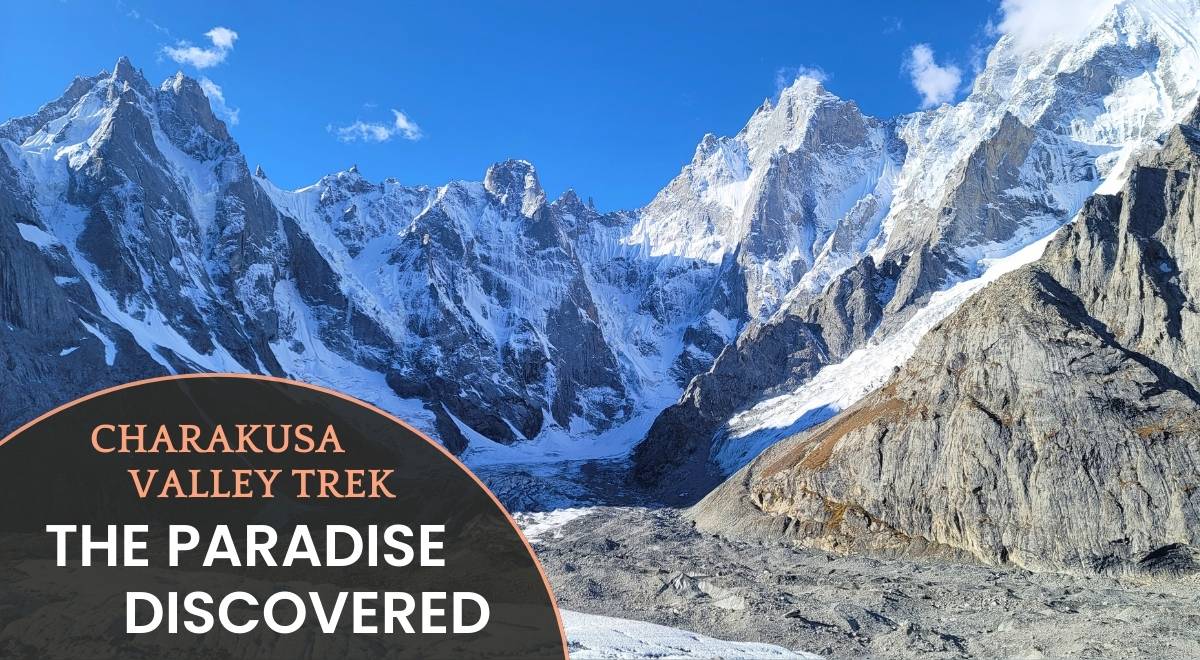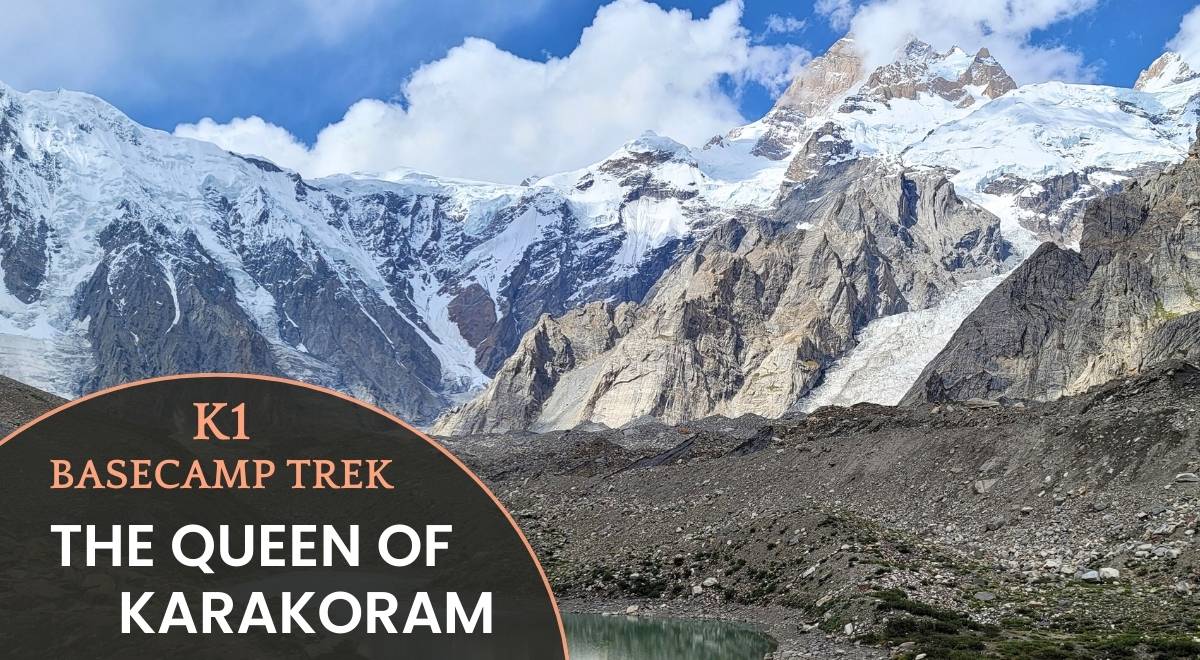Hushey Valley: Paradise Discovered
Introduction
Located in Pakistan’s Karakoram Range, the Hushey Valley is a realm of jagged peaks, glacial wonders, and untouched alpine beauty. Known for iconic summits like K1, K6, K7, and Link Sar, this valley is a magnet for trekkers seeking both awe-inspiring landscapes and thrilling challenges. Whether you’re drawn to serene alpine meadows or the adrenaline of high-altitude trails, Hushey Valley unforgettable journey into the heart of the mountains.
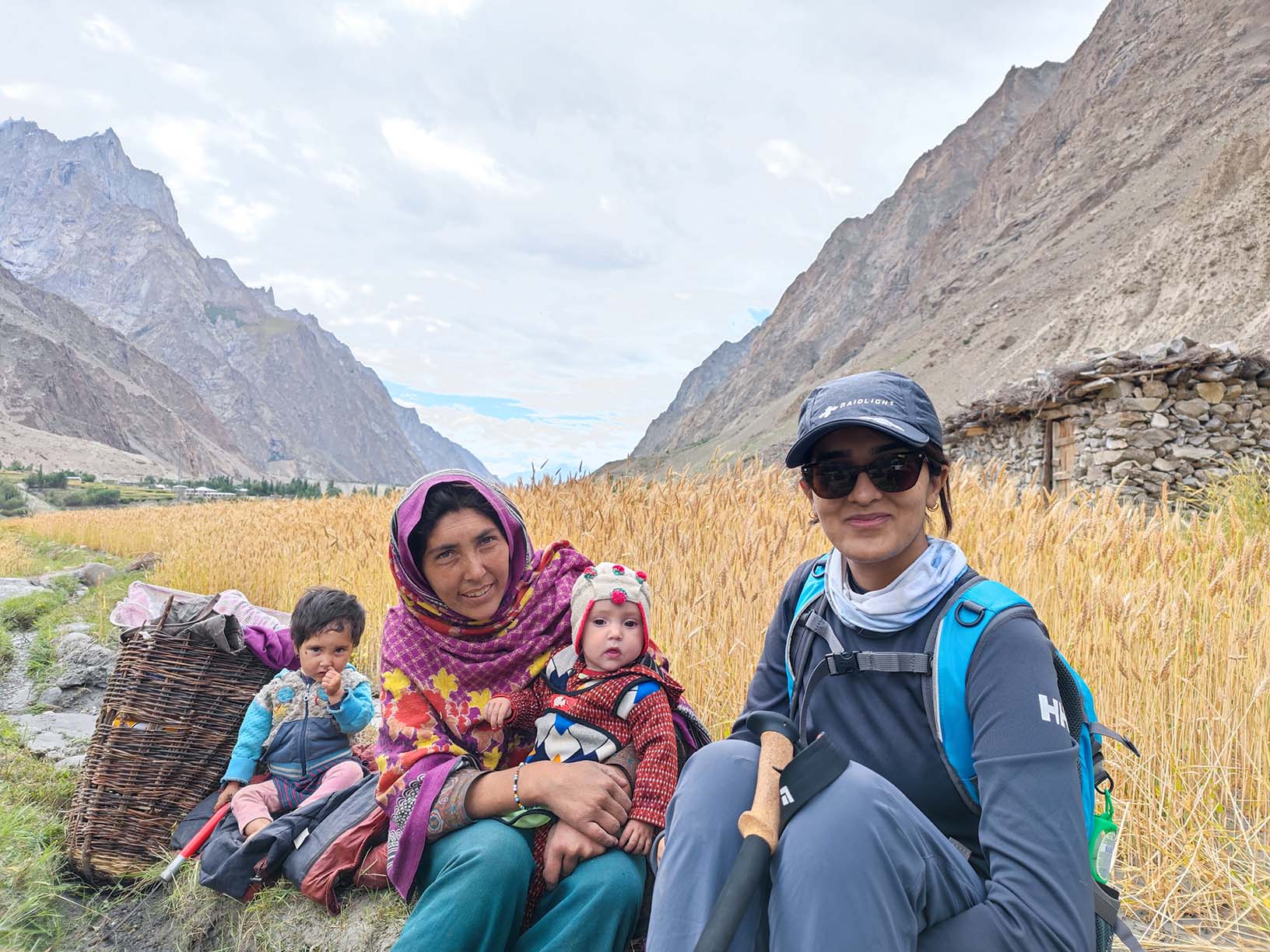
A row of villages is present starting from Machollo, followed by Thalis, Marzicon, Kanday, and Hushe. Machollo, the largest village along the Hushe River, has a population of 5000. The mass of the population relies on wheat and locally grown vegetables. Let’s read ahead to know why you should visit Hushe Valley.
Why Trek Here?
- Iconic Peaks:
Trek beneath giants like K1, K6 (7,281m), K7 (6,930m), and Link Sar (7,040m). - Untouched Wilderness:
Pristine glaciers, dramatic rock spires, and valleys free from crowds. - Affordable Adventure:
Many peaks under 6,000m require no permits, making it budget-friendly. - Cultural Richness:
Engage with the Balti people and their centuries-old traditions.
Trekking Highlights
1. K6 & K7 Base Camp Trek (8–12 Days)
- Route:
Hushe Village → Saicho → Charakusa Base Camp → K6/K7 viewpoints. - Highlights:
Traverse glacial moraines, camp beneath K6’s sheer walls, and explore the serene Lower Charakusa Lake.
2. Link Sar & Kapura Peak Circuit (10–14 Days)
- Route:
Navigate glacial trails to Link Sar’s base camp, with detours to Kapura Peak (6,530m) for panoramic views. - Reward:
Witness sunrise over the Karakoram’s granite giants.
3. Naysa Brakk & Nafis’ Cap Exploration
- Adrenaline Routes:
Tackle trails near Naysa Brakk (“Arrowhead Tower”) and Nafis’ Cap, famous for knife-edge ridges and icefalls.
Landscapes That Inspire
- Glacial Highways:
Trek alongside the Charakusa Glacier, a shimmering river of ice dotted with turquoise melt pools. - Alpine Meadows:
Summer blooms carpet the valley floor, framed by snow-capped peaks. - Wildlife:
Spot ibex, golden eagles, and—if lucky—elusive snow leopards.
Practical Essentials
Best Time to Visit
- June–September:
Stable weather, accessible trails, and warmer temperatures.
Preparation Tips
- Fitness:
Train for 6–8 hours of daily trekking at high altitude. - Gear:
Sturdy boots, layered clothing, UV-protective sunglasses, and a reusable water filter. - Acclimatization:
Spend 2–3 days at base camps (4,000–5,000m) to adjust.
Permits & Logistics
- No Permit Needed:
For most peaks under 6,000m. - Local Guides:
Partner with travellife certified Balti guides for route expertise and cultural insights.
Cultural Immersion
- Balti Hospitality:
Share meals like Mamtu(meat dumplings) and butter tea in village homes. - Rest Days:
Learn traditional songs, join apricot-drying workshops, or explore ancient rock carvings. - Porters & Guides:
Support local livelihoods—their mountain wisdom is invaluable.
Challenges to Embrace
- Rugged Terrain:
Navigate steep icefalls, crevasses, and shifting moraines. - Weather Whiplash:
Prepare for sudden snowstorms or blazing sun—flexibility is key. - Altitude:
Prioritize slow ascents and hydration to avoid AMS.
Why Charakusa Valley?
1. Bucket-List Treks:
K6, K7, and Link Sar vistas.
2. Solitude & Serenity:
Escape crowded trails.
3. Cultural Connection:
Authentic Balti experiences.
4. Adrenaline & Achievement:
Conquer technical trails.

